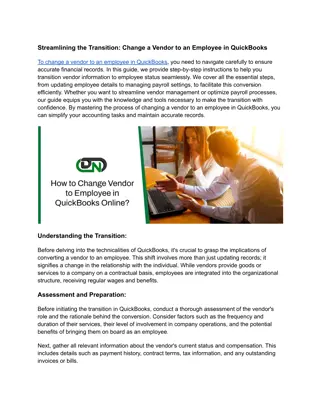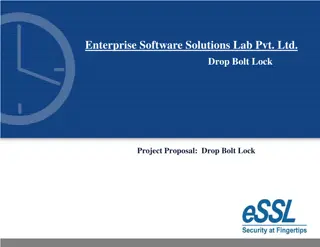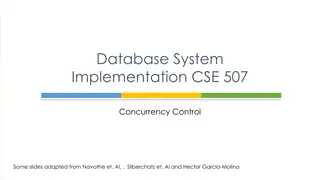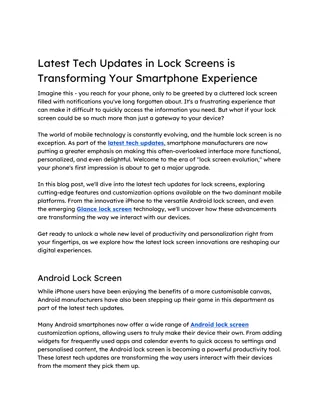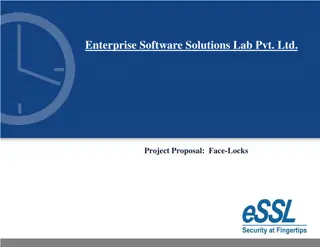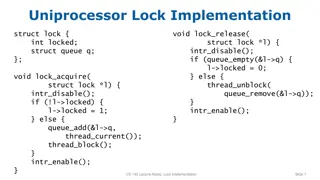
5 key strategies to avoid vendor lock-in
Vendor lock-in can limit flexibility and control when relying on a specific service or technology. To mitigate this risk, here are five key strategies:nn1. Adopt Open Standards and InteroperabilitynnUse software and systems that support open stan
Download Presentation

Please find below an Image/Link to download the presentation.
The content on the website is provided AS IS for your information and personal use only. It may not be sold, licensed, or shared on other websites without obtaining consent from the author. If you encounter any issues during the download, it is possible that the publisher has removed the file from their server.
You are allowed to download the files provided on this website for personal or commercial use, subject to the condition that they are used lawfully. All files are the property of their respective owners.
The content on the website is provided AS IS for your information and personal use only. It may not be sold, licensed, or shared on other websites without obtaining consent from the author.
E N D
Presentation Transcript
5 Key Strategies to Avoid LOCK-IN Build a Cloud-Agnostic Architecture It uses open standards, Docker, Kubernetes, and serverless to ensure flexibility and prevent vendor lock-in across cloud providers. Leverage Open-Source Solutions Using open-source tools like Kubernetes and Terraform prevent vendor lock-in by enabling flexible, standardized cloud management, keeping control with your team. Implement a Multi-Cloud Management Strategy Use platforms like CloudBolt or RightScale for unified cloud management, simplifying resource provisioning, optimization, and control across multiple providers. Prioritize Interoperability and Standardization Interoperability enables cross-cloud flexibility with common APIs and protocols. Use microservices for easier migration and scaling. Utilize a Hybrid and Multi-Cloud Approach A hybrid and multi-cloud setup combines on-premises infrastructure with cloud providers, offering control over data and leveraging cloud scalability for enhanced flexibility.


